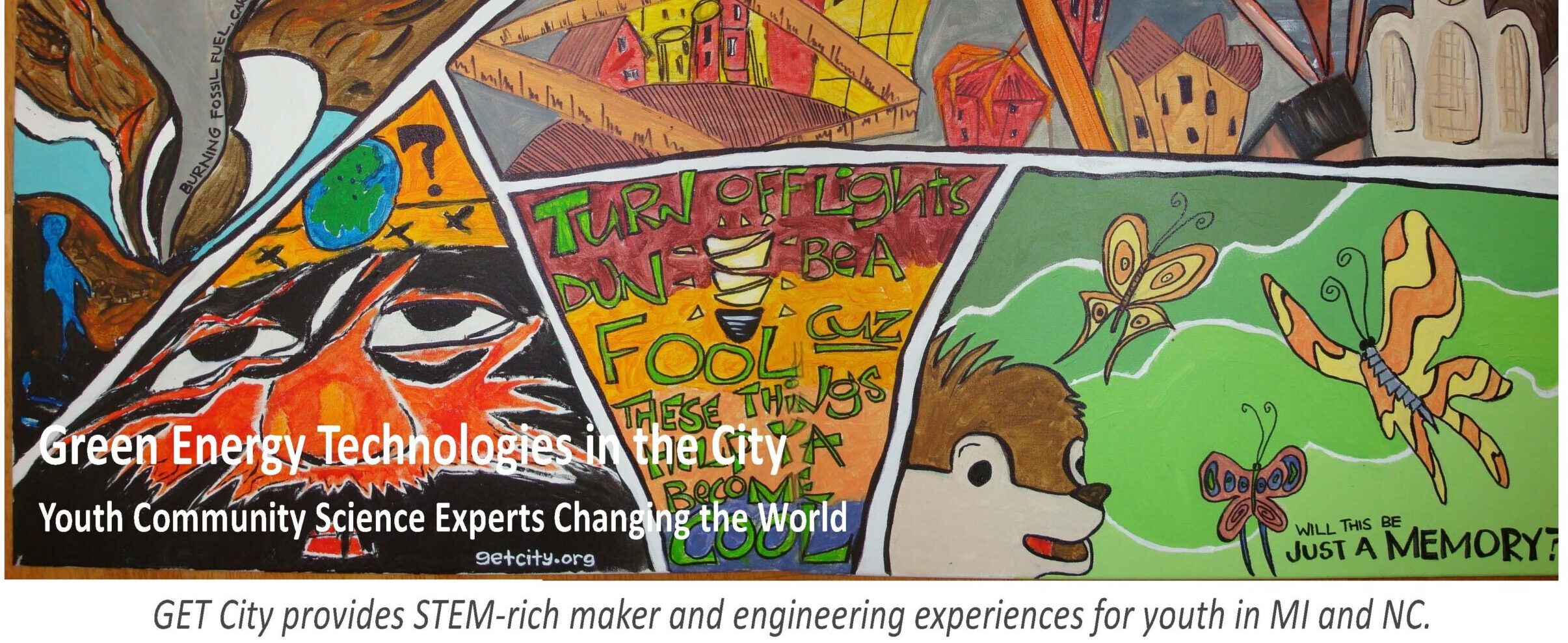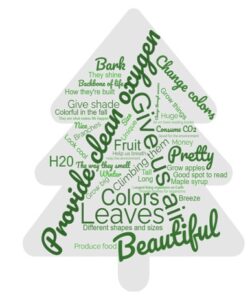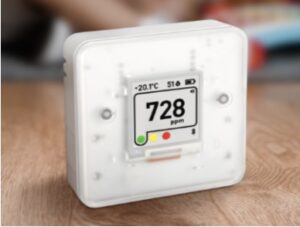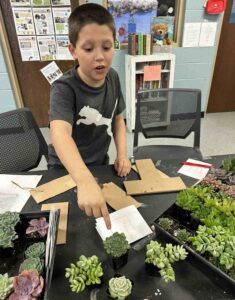In 2023-2024, GET City youth have been using their STEM-rich maker and community science expertise to investigate and take action on Climate Change, contributing to the building of a healthier, happier, and more just world. Below are the science “big ideas” the youth have been learning about, and the engineering-rich maker projects they have carried out in support of their learning.
- The youth created new and valuable innovations that not only enhance their joy but also promote sustainability. Through STEM projects, they gained hands-on experience with STEM practices and skills such as design, prototyping, and product development. They leveraged technologies such as artificial intelligence and augmented reality to gain insights and implement green energy solutions.
- In response to the increasing urgency of climate change, the youth have been investigating what climate change is, its causes, and the evidence we have for its causes. This included being able to explain the elements of climate and analyze the earth’s energy balance that affects climate change, and identifying the proximate and ultimate causes of climate and climate change as well as the evidence for these causes. They explore how carbon dioxide and its ability to absorb and re-radiate heat is key in understanding climate change.
- Youth built 3-D models of the earth & its atmosphere exploring the role of greenhouse gas emissions. The youth actively modeled “Mapping the Carbon Dioxide in Our Environment”, exploring the role of human actions. They chose different locations to explore, determined their models’ sizes and shapes, and investigated local sources of CO? emissions and absorptions.
- Get City youth embarked on a mission to investigate carbon production within the club and in the wider community. They identified all the energy sources and activities that cause carbon emissions, including electricity (computers, lights), furniture, food, and people. They paid attention to the different energy sources in the club’s rooms. Special attention was given to calculate and create a graph of Get City’s carbon footprint. Furthermore the youth used sensors to collect CO2 data around the club and around the neighborhood, making predictions and investigating factors that cause increases in CO2
- Youth used on-line GIS tools to investigate and model urban emissions in their city and in cities across the country (where the youth have families and connections)
- Youth investigated why climate change matters. They analyzed the impact of climate change on physical and biological systems.
- Youth used on-line tools to gather data on how the built v natural environment impacts CO2/climate change causes, including exploring “tree equity” by using on-line tools to determine trees.
- Youth conducted and analyzed a survey to gain insights into the community’s ideas and views on trees.
- Youth learned about how trees are critical urban infrastructure that are essential to public health and well-being. They evaluated online data to determine tree equity scores for their local neighborhoods and that of loved ones around the country, and built evidenced-based understandings of environmental inequities.
- Youth designed a flier to encourage the community to take action and participate in planting activities, and to foster a sense of community towards building a more sustainable community (see page 6).




